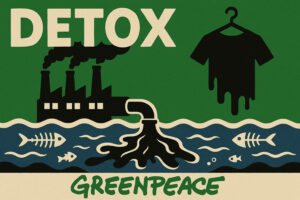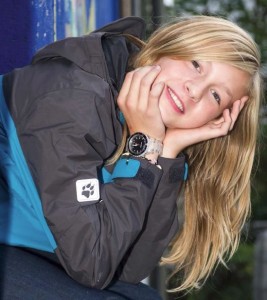Detox in the textile industry – real progress or Potemkin villages? Part 2
In this article we cast light on the progress of the Detox campaign in the textile industry. Detox is an initiative started by the environmental activist organization Greenpeace to eliminate hazardous chemicals from the supply chain of global fashion brands. In part 2 we will look a deeper at the progress of Detox at the fashion brands who have received credit for good progress in Detox: H&M, Benetton and Zara (Inditex).










